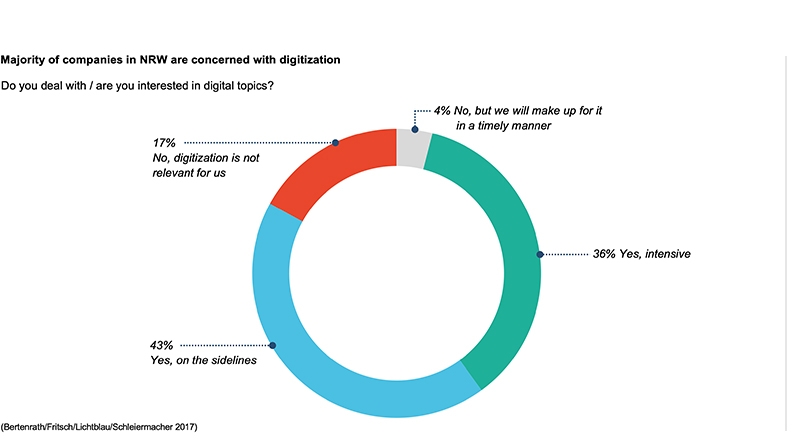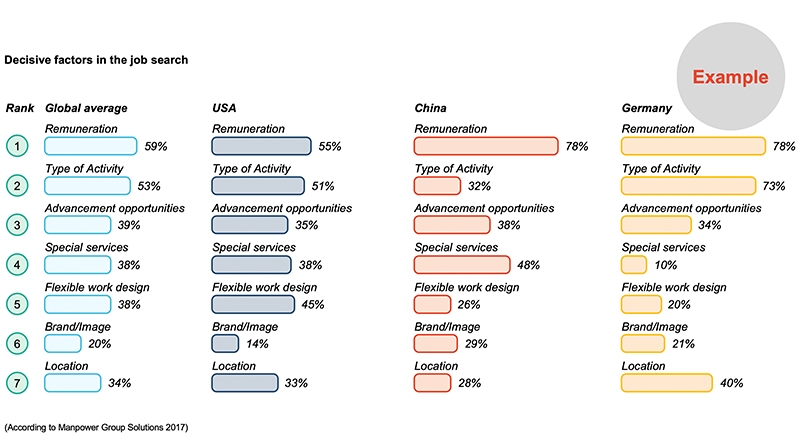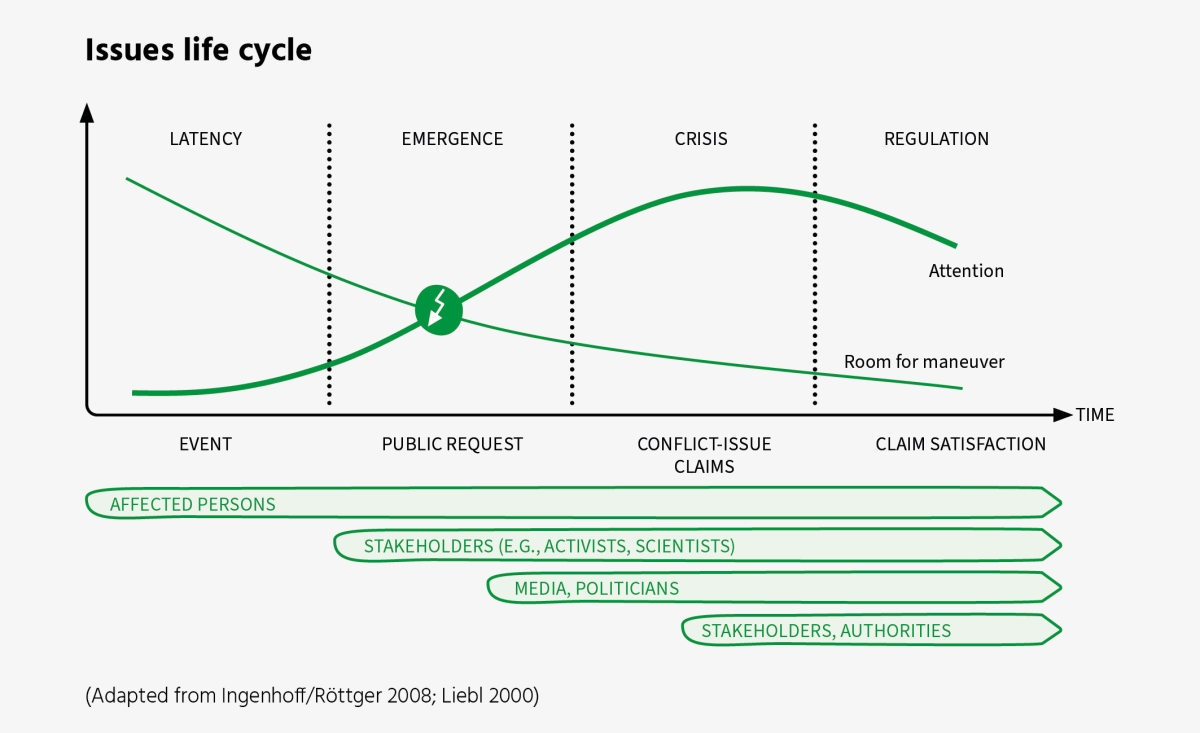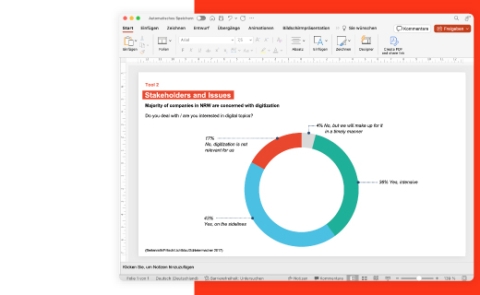Stakeholders and Issues


Guiding question
What topics are stakeholders interested in?
Objectives
- Identify relevant topics from the perspective of stakeholders
- Identify expectations for the content of the communications
- Identify starting points for the storyline/messages
Implementation
One way to determine stakeholder issue interests is through surveys. Questions with multiple answers, ranking, rating, scales or polarities are suitable for this purpose. The question patterns are: "How interested are you in ...?", "How concerned are you with ...?" or also "How important are the following factors for you in ...?", "Which three criteria play the most important role for you in deciding about ...?". Typical forms of presentation of the results are bar charts, column charts and pie charts.
Often, relevant survey results are already available for the communication task, e.g., on the Internet, so that no separate study is required.
These are the working steps for such a survey:
- A small sample will be used to conduct a preliminary study to identify possible relevant topics.
- The sample is determined. It should be representative of the target group in terms of age, gender, educational attainment and industry, if applicable.
- The questionnaire is formulated.
- The survey is conducted, as an individual survey, in writing, by telephone or in person.
- The survey results are analyzed and presented.
Theory: Issue and issue lifecycle
The term issue refers to a public concern or problem or a political or social controversy. The topic is often conflictive, i.e., there are different ideas about how to solve the problem, values about the issue diverge, and a struggle for interpretive sovereignty breaks out (cf. Liebl 2000).
Since Downs (1972), the career of a subject has been presented ideally as a life cycle, in four phases:
- Latency. Singular events that do not initially attract much attention are put into context for the first time – usually by those affected – and are discussed in often remote media such as expert forums and blogs.
- Emergence. Stakeholders such as activists or even experts/scientists weigh in. The issue becomes a public concern, attention increases. The issue is spilling over from social media to online and offline special interest media to opinion-forming media. In print media, the topic is placed more and more prominently. The company concerned loses the power of interpretation.
- Crisis. Conflicting claims around the issue enter into public competition, the media and then soon politicians become aware of the issue and intervene.
- Regulation. If the company does not satisfy the demands of stakeholders and action mediators in the public arena (cf. Tool 23) during the crisis phase, the demands are satisfied - often without the company having a say – through regulation. In this process, authorities and stakeholders have the lead. With regulation, the attention slowly ebbs away.
As attention to the issue increases, the company's room for maneuver narrows and the cost of dealing with it increases. In the course of the emergence phase – when the Attention and Scope of action curves intersect – the company loses the power of interpretation and can no longer control the alignment of interests with stakeholders itself.

